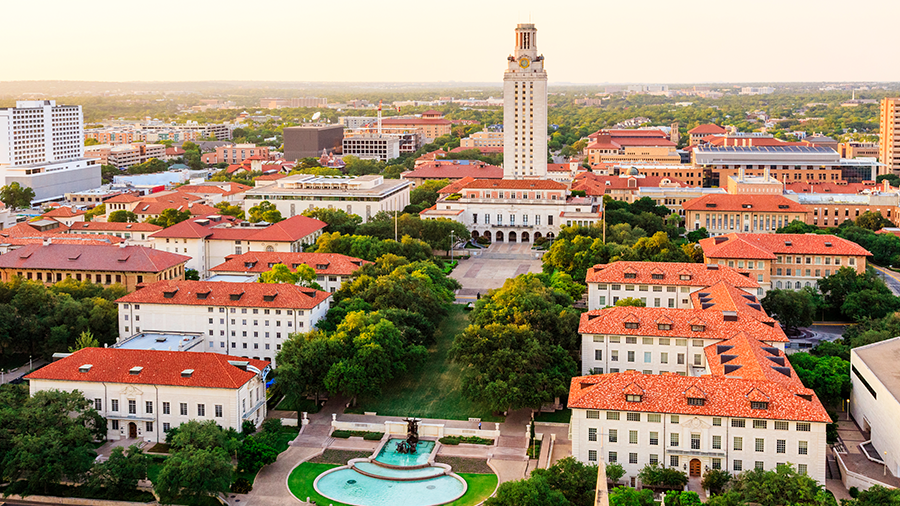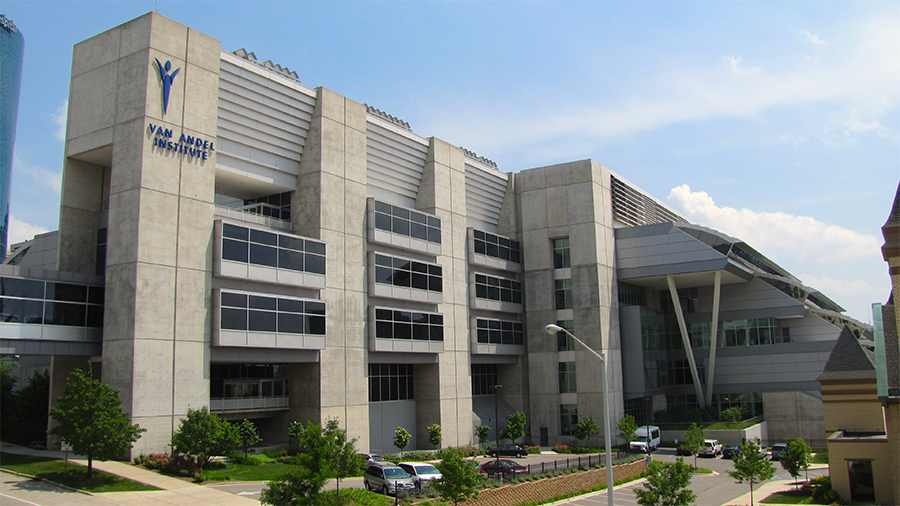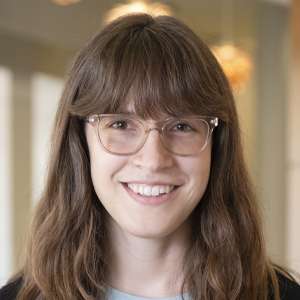The wide range of academic institutions
There are many different types of academic institutions where people within the life sciences can research, teach and study. This week I’m exploring the range of academic institutions out there.
R-designated universities
One way of describing an institution is by its “R” designation. Research universities are categorized as R1, R2 and doctoral/professional (formerly R3) by the Carnegie Classification of Institutions of Higher Education.
If someone said, “Name a big research school!” you’d probably end up thinking of R1 and R2 places. To be an R1 or R2, the school must award more than 20 research or scholarship-based doctorates and have a research budget of more than $5 million per year.
R1 is considered “very high research activity” and includes schools such as Harvard University, the California Institute of Technology, the University of Iowa and the University of Michigan in Ann Arbor.
R2 is considered “high research activity” and includes schools such Baylor University in Texas, The City College of New York, Kent State University in Ohio and Lehigh University in Pennsylvania.
Formerly, R3s were grouped based upon their “moderate research activity,” but the category was changed recently to doctoral/professional universities and now includes schools that award pharmacy and medical degrees, among others. This group includes Hofstra University in New York state and Indiana State University.
There are plenty of other schools that do research that are not included in these three categories because they have smaller budgets, don’t award enough (or any) doctoral degrees, or just do research on a smaller scale.

Hospitals and medical centers
Coexisting in tight symbiosis with some of the research universities described above are research hospitals and medical centers.
Research done at hospitals sometimes seems so closely linked to research universities that it’s easy to forget they are usually separate institutions.
For example, labs at Massachusetts General Hospital in Boston may have technicians and staff scientists hired as MGH staff, grad students from Harvard, postdocs from Harvard or MGH, and principal investigators who have appointments at MGH, Harvard or both.
The major differences usually have to do with the technicalities of grants, tax regulations and required training courses but do not usually affect day-to-day research.
Independent research institutes
These research institutes operate a lot like R1 or R2 universities but aren’t schools.
Even though they aren’t schools, like the medical centers described above, they often have relationships with nearby schools so that Ph.D. students can work in labs at the institute.
Examples of these institutes include the Salk Institute, where students at the University of California, San Diego, can train, and the Whitehead Institute, where students at the Massachusetts Institute of Technology can train.
A unique example of an independent institute is the Memorial Sloan Kettering Cancer Center, which partners with Ph.D. programs at universities in New York City but also has its own graduate program, the Gerstner Sloan Kettering Graduate School of Biomedical Sciences.

Undergraduate and master's universities
Outside of major doctoral-granting research institutions, there are many other schools that focus more on undergraduate and master’s students. These schools may have some Ph.D. students, but undergrads and master’s students make up the vast majority of the student body.
This category includes liberal arts colleges such as Oberlin College and Conservatory in Ohio and Carleton College in Minnesota and smaller campuses of larger universities, such the University of North Carolina–Asheville.
At the larger R1 and R2 universities, a professor can be hired to do only research, without ever having teaching responsibilities. At these more undergraduate-focused schools, on the other hand, you can carry out a serious research program but teaching tends to play a larger role. In some cases, teaching may be your major responsibility. Though this can vary quite a bit from school to school, as I wrote in a previous article about primarily undergraduate institutions.
Undergraduate schools in larger institutions
Some R1 and R2 institutions have smaller liberal arts schools within them. One example of this is Emory University’s Oxford College, where students get a small-liberal-arts-school experience within a larger university. Barnard College, which has partnered with Columbia University, is another example.
Community and junior colleges
Community and junior colleges are typically two-year colleges that grant associate’s degrees. Students might transfer to a four-year college after graduating or go directly into the workforce.
Professors at community colleges typically focus entirely on teaching and do not carry out research, though it isn’t impossible to do research at a community college.
Public vs. private
In each of the categories described above is another division: whether the institution is public or private.
Public colleges and universities get the majority of their funding from the government. Private colleges and universities get their funding through donations, endowments and tuition.
If you are a job seeker interested in the quality of research or teaching carried out at an institution, whether a school is public or private doesn’t make a difference. The biggest difference is on the student’s end, with tuition at public institutions generally being lower, especially if the student lives in the same state.
Enjoy reading ASBMB Today?
Become a member to receive the print edition four times a year and the digital edition monthly.
Learn moreFeatured jobs
from the ASBMB career center
Get the latest from ASBMB Today
Enter your email address, and we’ll send you a weekly email with recent articles, interviews and more.
Latest in Careers
Careers highlights or most popular articles

Building the blueprint to block HIV
Wesley Sundquist will present his work on the HIV capsid and revolutionary drug, Lenacapavir, at the ASBMB Annual Meeting, March 7–10, in Maryland.

Upcoming opportunities
Present your research alongside other outstanding scientists. The #ASBMB26 late-breaking abstract deadline is Jan. 15.

Designing life’s building blocks with AI
Tanja Kortemme, a professor at the University of California, San Francisco, will discuss her research using computational biology to engineer proteins at the 2026 ASBMB Annual Meeting.

Upcoming opportunities
#ASBMB26 late-breaking abstract submission opens on December 8. Register by Jan. 15 to get the early rate on our Annual Meeting.

Make your abstract stand out
Ensure your research is impossible to overlook. Get quick, practical reminders for crafting an abstract that attracts readers and helps you build connections at the conference.

Inside industry postdocs
As more Ph.D. scientists look beyond academia, industry postdocs offer a new kind of training, where mentorship meets mission-driven research. Fellows at Pfizer and Genentech share how these programs prepare them to translate discovery into impact.

